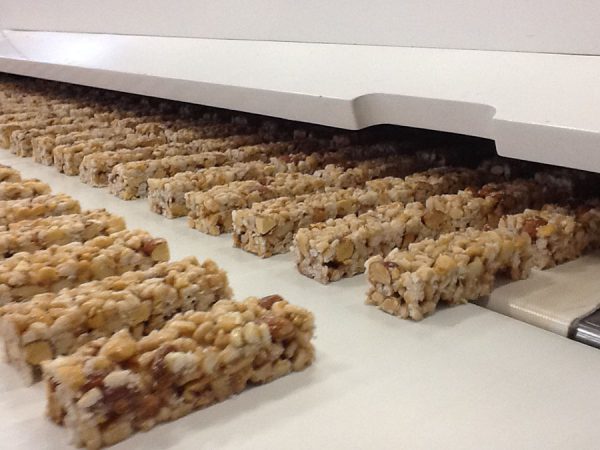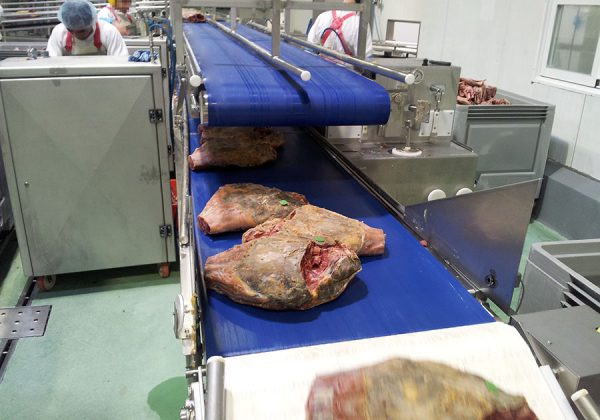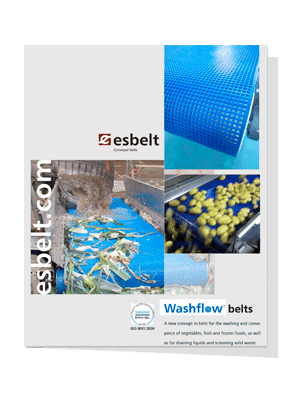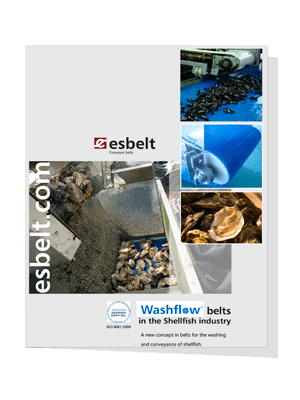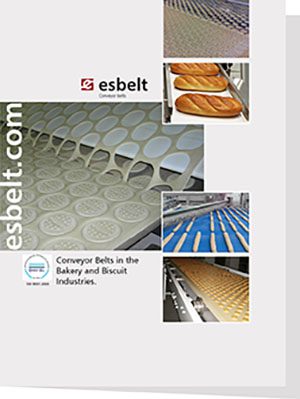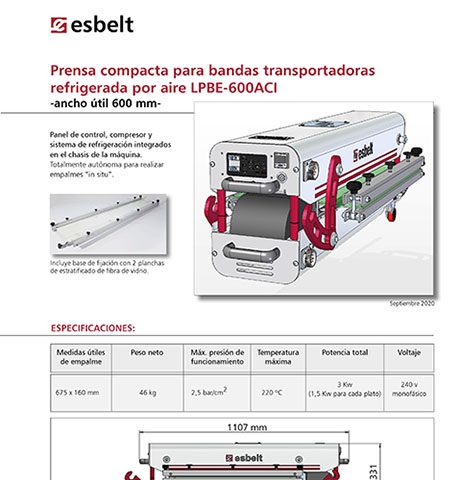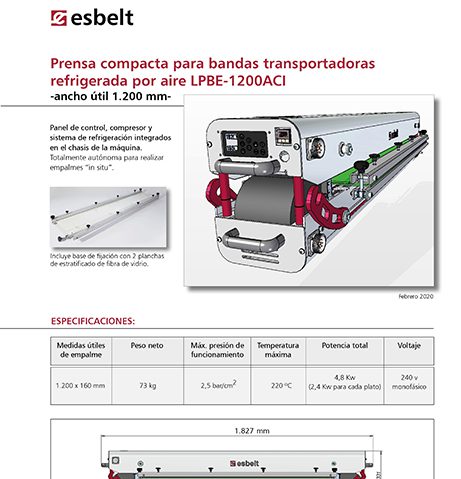Food regulations
The main objective of food regulations is to ensure food safety and protect human health. They restrict the type of substances that can be used and their dosage. These standards are constantly updated.
A certificate that simply states that a belt is “food grade” or could come in contact with does not meet the regulations.
FDA
The US Food and Drug Administration’s mission is to ensure food safety. Conveyor belts are subjected to the restrictions of Food Contact Material(FCM).
FDA does not approve or certify specific products which can come into contact with food but regulates the safe conditions of use of substances during its production. Title 21, Chapter 1, sub-chapter B of the Code of Federal Regulations regulates the FCM (Food Contact Material).
EU Regulation CE 1935/2004 and Regulation CE 2023/2006
In the European Union, all materials that come into contact with food must meet the regulation marked CE 1935/2004. This regulation establishes that such materials cannot put human health in danger or generate changes in smell, composition, colour or taste of the food. Also, they should be manufactured according to good manufacturing practices regulated under CE 2023/2006.
These are generic regulations. In the case of plastic materials and all materials that come in contact with food, the regulation (UE) 10/2011 is the specific one that must be complied with.
EU Regulation 10/2011 and the Declaration of Conformity
The EU 10/2011 establishes the obligations that plastic materials which come into contact with food must fulfill. The Union List of this Regulation includes details of the authorized substances as well as the restrictions and limits to migration that have to be met. The test conditions and simulants are also stipulated in the Regulation.
The compliance of this important rule is declared through the issuance of the ´´Declaration of Conformity ´´ by the manufacturer, distributor or importer of conveyor belts and each is obliged to offer this document to his clients.
HACCP
The Hazard Analysis and Critical Control Point (HACCP) system is a methodology of good practices in the manufacturing, handling and transportation of food products. Its purpose is to assess health hazards, and to establish controls and correction actions at explicitly identified critical points. Although some belt manufacturers claim that some ranges of their belts qualify as HACCP, it is a methodology of work rather than an intrinsic characteristic of the belts.
Please refer to the food conveyor belt sector for more information on our belts in the food industry.

